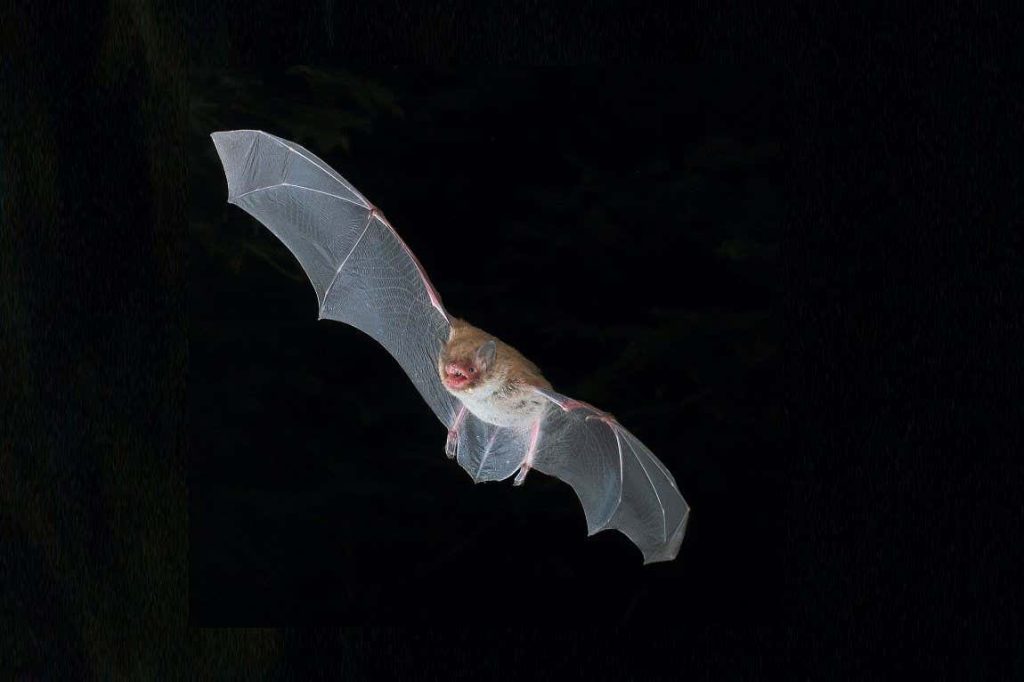Daubenton’s bats use false vocal folds in their throat to produce a lower frequency grunt for communication – the same structure that lets death metal singers growl
Life 29 November 2022
By Sam Jones
Daubenton’s bats (Myotis daubentonii) have false vocal folds like humans
Jens Rydell
Bats are known for their high-frequency calls, which they use to echolocate and catch prey, but they also let out much lower frequency calls for bat-to-bat communication. The structure in a bat’s larynx that lets them produce these sounds is the same one used by death metal singers to growl out low notes.
For decades, scientists speculated as to which structures in a bat’s larynx produce different frequencies. “But that was just through anatomical inspection,” says Jonas Håkansson at the University of Colorado Colorado Springs. “And then we went ahead and said, ‘Well, is that actually the case?’”
Håkansson and his colleagues affixed individual larynges dissected from Daubenton’s bats (Myotis daubentonii) with a microphone and placed them under a microscope. They then funnelled air up through the larynx, simulating how it would travel out of a vocalising bat’s mouth. This airflow caused structures in the larynx to vibrate and produce sound, which the researchers captured with an ultra-high-speed camera. The researchers pinpointed two laryngeal structures responsible for the extreme highs and lows of a bat’s vocal range, which spans three or four more octaves than the average human’s.
Advertisement
They found that high-frequency echolocation calls are produced by thin, translucent vocal membranes that rest atop the vocal cords. Lower frequency squeaks came from the bats’ false vocal folds, which get their name from the fact that “in humans they are rarely used, never for speech”, says Coen Elemans at the University of Southern Denmark. False vocal folds are, however, believed to be used in extreme vocalisers like death metal grunters. In a way, says Elemans, social squeaks are a bat’s version of death metal. “It’s a very high frequency sound for us,” he says. “But for them, it’s extremely low.”
Håkansson is impressed but not surprised that bats use two distinct structures to make vocalisations that span around seven octaves. “It’s sort of like having one pair of legs for walking and one pair for running,” he says.
Yossi Yovel at Tel Aviv University in Israel is impressed by the work and would like to see it validated in a living animal, but getting high-speed footage of the inside of a vocalising bat isn’t currently possible. “I’m just waiting for the technology that will allow us to do it,” he says.
Although the average human can’t compete with a bat, Elemans says the exceptional vocalist shouldn’t lose hope. For example, Mariah Carey has a five-octave vocal range and is known for being able to sing extremely high tones called whistle notes. “If Mariah Carey would be very good at grunting, she could also extend her vocal range even further.”
Sign up for Wild Wild Life, a free monthly newsletter celebrating the diversity and science of animals, plants and Earth’s other weird and wonderful inhabitants
More on these topics:

